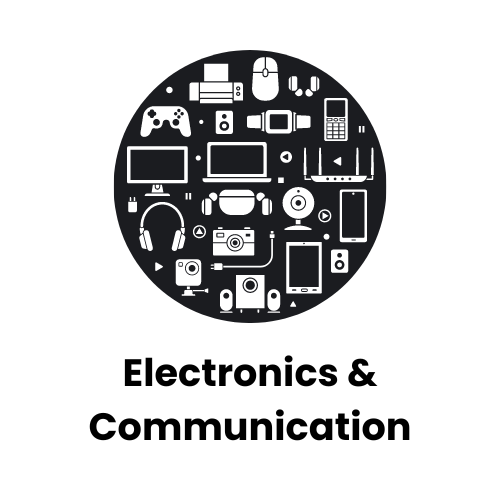Q.1: What is technology scouting in the context of intellectual property?
In the context of intellectual property (IP), technology scouting is the active pursuit of novel and cutting-edge technologies that complement a business's strategic goals or areas of interest. In order to promote innovation, competitiveness, and growth, it includes the methodical identification, assessment, and acquisition of outside technologies, innovations, or intellectual property assets.
Key aspects of technology scouting in relation to IP include:
- Identification for relevant technologies, patents, research, or innovation across various sources such as academic institutions, research organizations, startups, and industry publications.
- Evaluation the potential value, relevance, and feasibility of identified technologies to determine their fit with the company's goals and capabilities.
- Acquisition or Collaboration for pursuing opportunities to acquire or license promising technologies, patents, or IP assets through partnerships, collaborations, joint ventures, or direct transactions. This may involve negotiation of licensing agreements, technology transfer arrangements, or acquisition of IP rights.
- Integration of the acquired technologies or IP assets into the company's existing R&D efforts, product development pipeline, or innovation ecosystem. This may involve further development, adaptation, or commercialization of the technology to create value for the company.
- Monitoring and adapting the technology landscape, market trends, and competitive developments to stay abreast of new opportunities and adjust scouting efforts accordingly. This may involve updating technology roadmaps, revising scouting criteria, or pivoting strategies based on evolving business needs.
Q.2: What are the key steps involved in conducting technology scouting for IP purposes?
- Define Objectives: Clearly define strategic goals and criteria for evaluating technologies.
- Identify Sources: Explore potential sources such as research institutions, startups, and patent databases.
- Screen and Evaluate: Assess technologies based on technical fit, market potential, and IP strength.
- Prioritize Opportunities: Focus on the most promising technologies for further investigation.
- Conduct Due Diligence: Validate technical feasibility, IP status, and commercialization potential.
- Negotiate and Acquire: Secure IP rights through licensing or acquisition agreements.
- Integrate and Develop: Incorporate technologies into R&D or product development efforts.
- Monitor and Adapt: Stay updated on technology trends and adjust scouting strategies accordingly.
Q.3: What role does technology scouting play in competitive intelligence and IP landscaping?
In competitive intelligence and IP landscaping, technology scouting includes locating new technologies, monitoring rival activity, assessing IP tactics, comparing results, spotting joint venture possibilities, guiding strategic decision-making, and minimizing risks. It offers insightful information about market trends, competitive dynamics, and technology landscapes, enabling businesses to remain ahead of the curve and make well-informed decisions that will boost growth and competitiveness.
Q.4: What tools and resources are commonly used in technology scouting for IP analysis?
Tools and resources commonly used in technology scouting for IP analysis:
- Patent Databases (e.g., USPTO, EPO, WIPO)
- IP Analytics Platforms
- Technology Monitoring Tools
- Market Research Reports
- Industry Publications and Journals
- Patent Analytics Software
- IP Management Software
- Professional Networks and Conferences
.jpg)
















.png)

.png)






